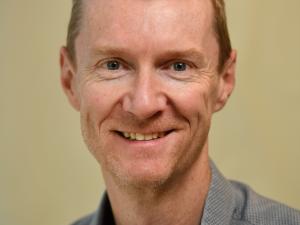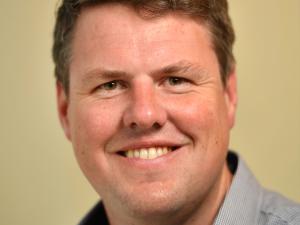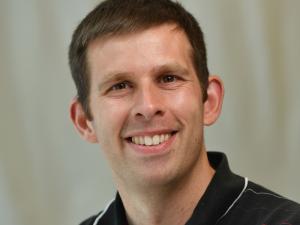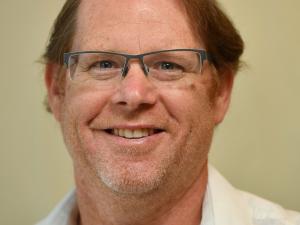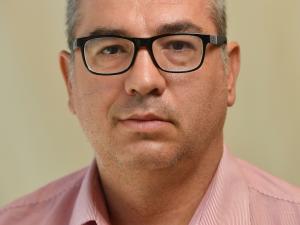Frequency Standards and Distribution
We are developing optical and microwave sources having extremely high frequency stability for high impact experiments.
We are also developing a fibre dissemination network to allow fast and precise frequency comparison between frequency standards within different laboratories. This can be extended to time dissemination over large scales for applications such as the square kilometre array (SKA) radio telescope.
Example 1: Development of next generation atomic clock for GPS
The global positioning system (GPS) triangulates a receiver’s position using highly precise timing signals received from the GPS satellite constellation.
To produce these timing signals, each satellite uses on-board atomic clocks as timing references.
We are developing a new atomic clock that will have performance 10x – 100x more stable than current GPS timing signals based on lasers stabilised to a two-photon transition within a rubidium vapour. This clock will have applications in enhancing GPS receiver capabilities (faster GPS acquisition, reduced number of required satellites timing signals, and enhanced altitude determination).
This project will involve non-linear spectroscopy, electronics, noise analysis and fibre optic laser delivery. The project will include characterising the performance of the clock and optimising the operational parameters and experimental components to enhance clock stability.
Example 2: Atom-by-atom construction of an error-free environment for single electron sources
Single-electron pumps based on few atomic impurities have recently been experimentally demonstrated.
In these devices, the Coulomb potential of a few atoms can create a localised electron state with a large charging energy and considerable orbital level spacing’s, enabling robust charge capturing processes even at relatively high temperatures (few K as opposed the few 10 mK of previous experiments).
In this project, we will develop a simplified model describing the dynamics of these atomically precise electron pumps. This will be done by considering the loading, isolating and unloading of one electron at the time, with the goal of performance optimization.
Example 3: Toward quantum-limited electrical small antennas
Due to their high dynamical range, the linearity of their anti-peak voltage response, the natural inclusion of low noise amplification in the loop and the great sensitivity and larger bandwidth, arrays of Bi-Superconducting Quantum Interference Devices (BI-SQUIDs) are expected to be perfect system to be used in Electrical Small Antennas (ESA)s.
However, the best possible arrangement for these arrays (parallel vs series) still needs to be investigated.
By taking advantage of the Resistively and Capacitively shunted Junction (RCSJ) model, the electromagnetic evolution in time of these superconducting quantum elements can be studied by using simplified model and their main quantum features can be anticipated simply by using a limited number of linear differential equations.
In this project, several arrays configurations will be investigated by using different modelling approaches, the final goal being to optimise future geometries that could be used for defence and for medical applications.
- Associate Professor Martin O'Connor | Dr Fred Baynes | Dr Philip Light | Professor Andre Luiten | Dr Ben Sparkes | Dr Giuseppe Tettamanzi
- Research area: Institute for Photonics and Advanced Sensing
- Recommended honours enrolment: Honours in Physics

